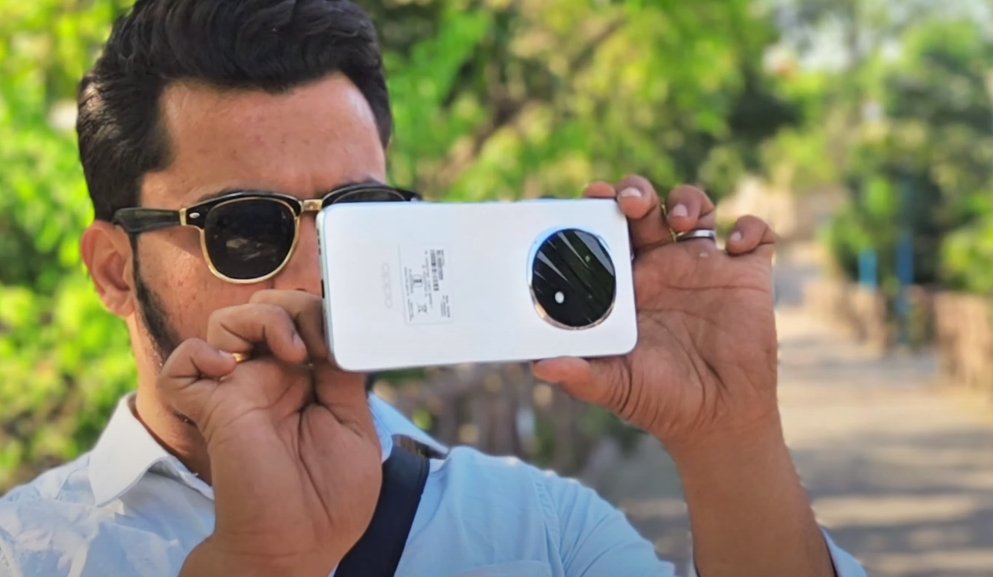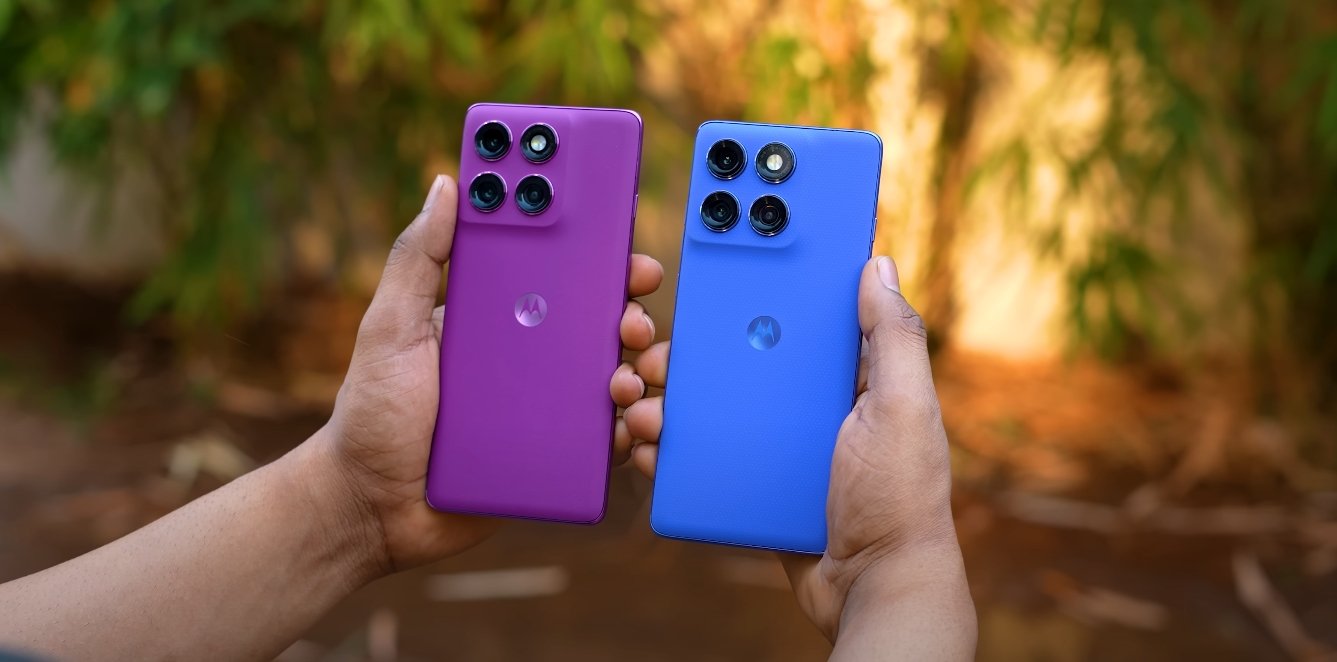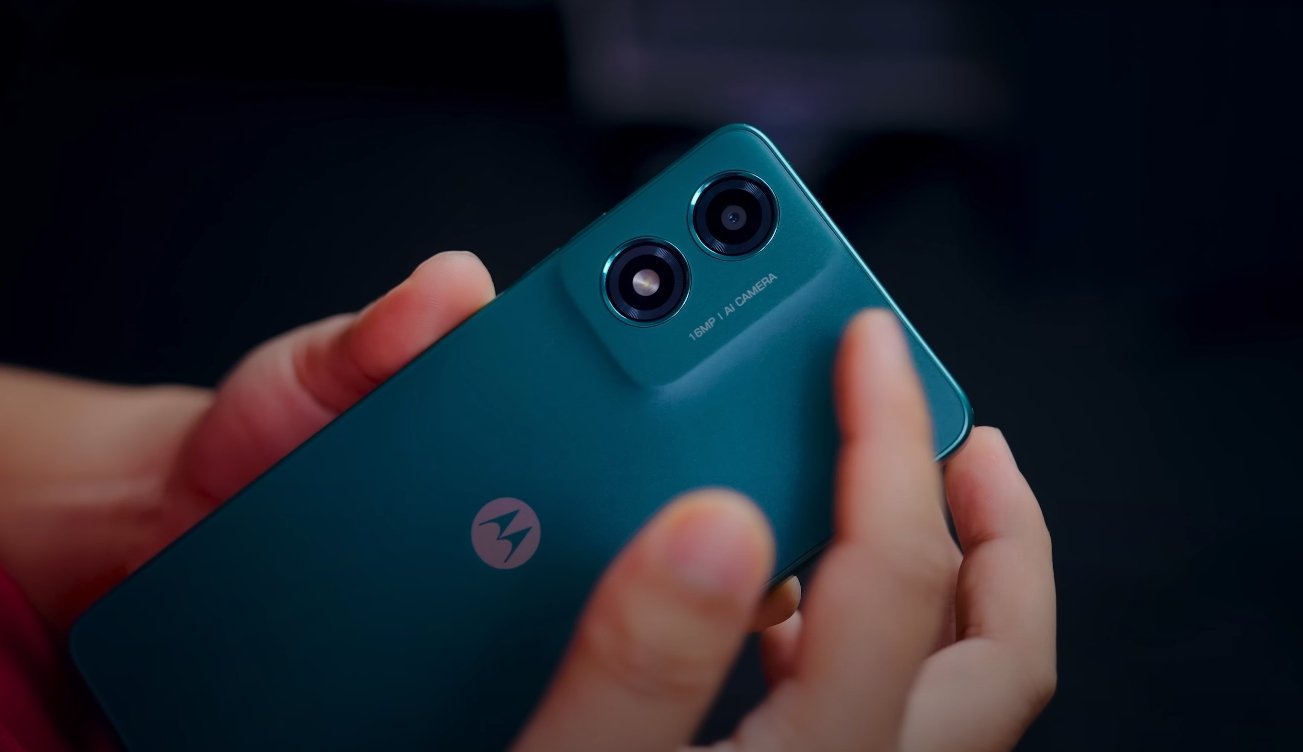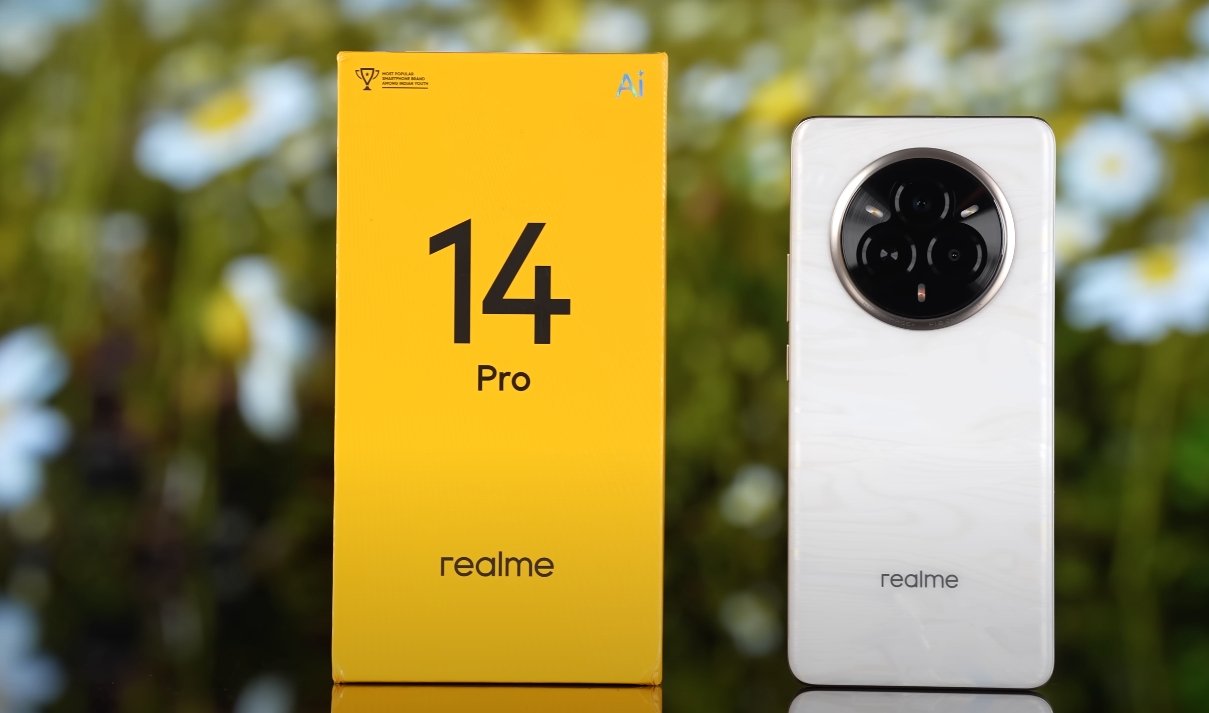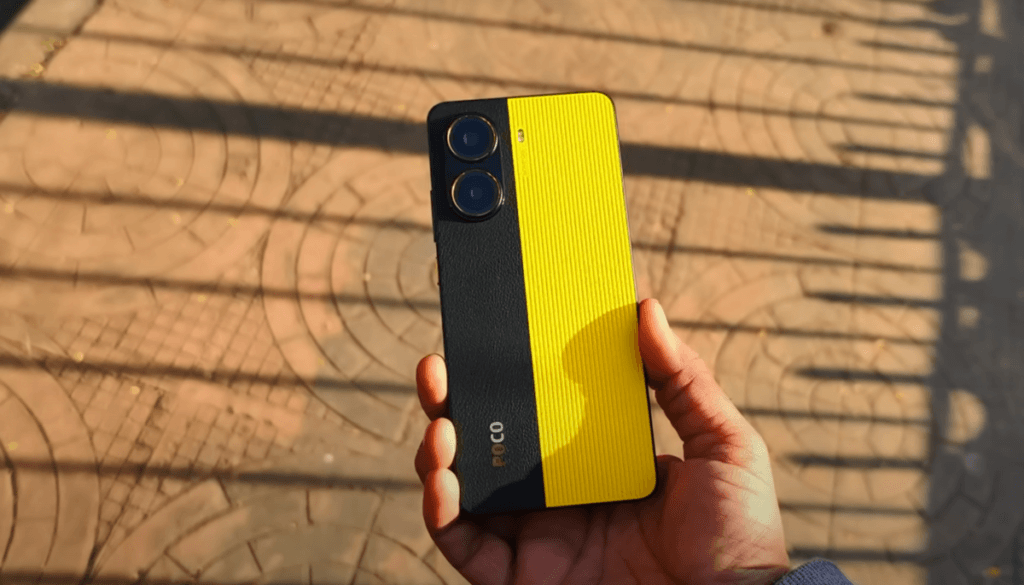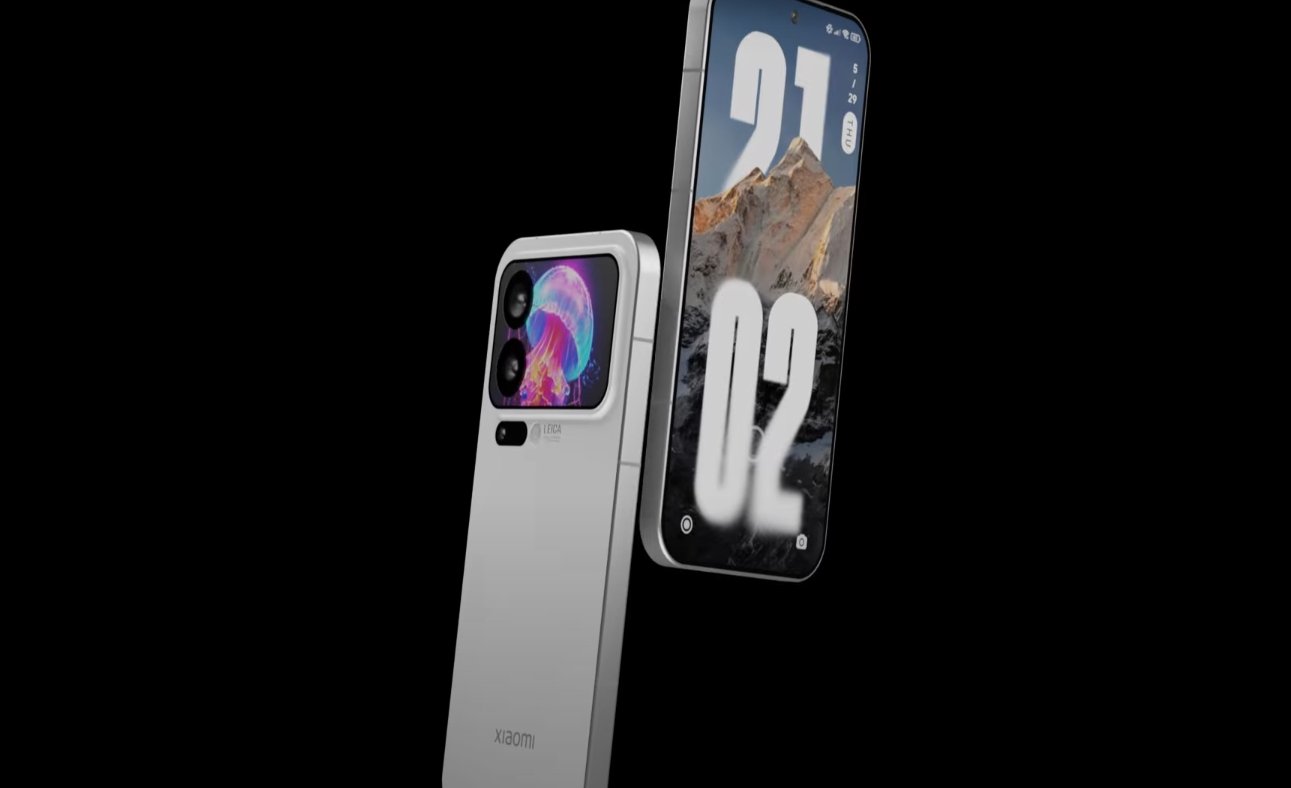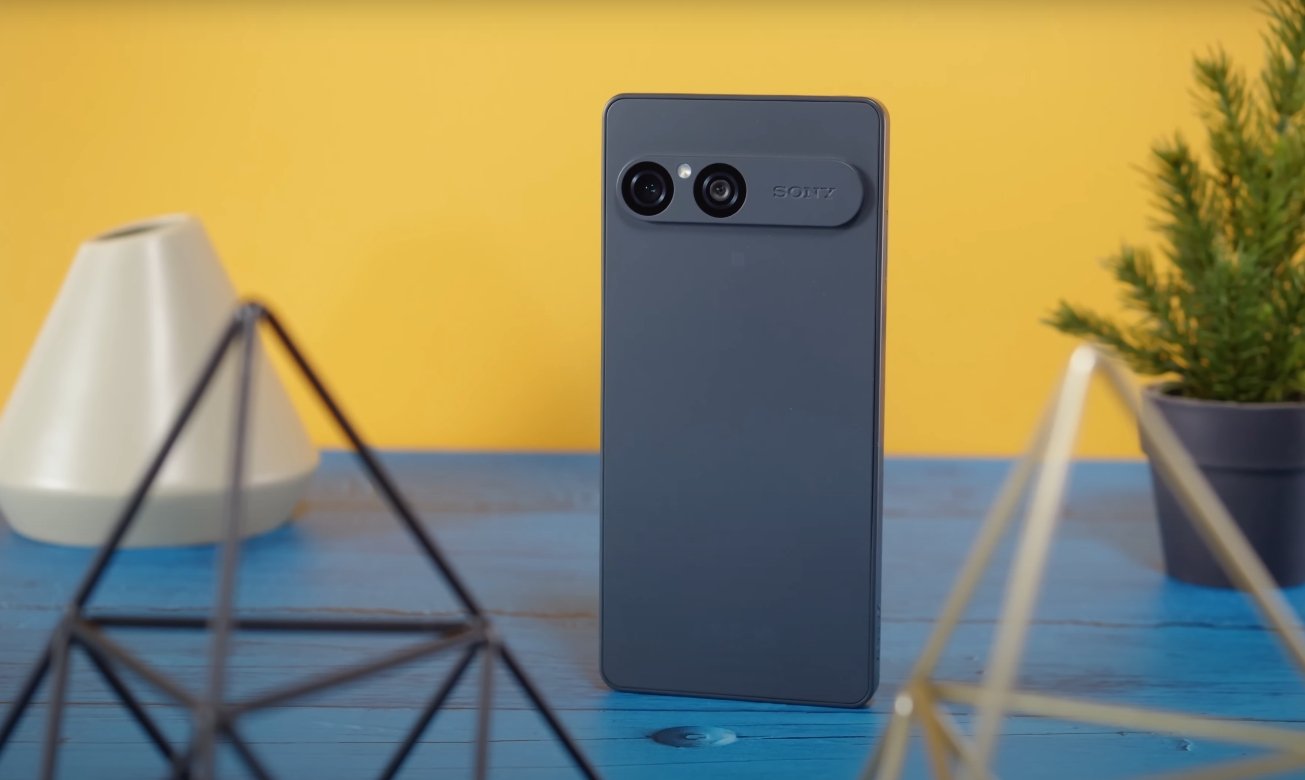The Samsung Galaxy A56 and Vivo V50 both come with 50MP main rear cameras, but the way they handle photography is quite different. The Galaxy A56 sticks to Samsung’s natural color processing with a focus on balanced tones and slightly warmer results.
In daylight, it delivers good dynamic range and sharpness, especially when using HDR mode. The photos come out clean and stable thanks to optical image stabilization. In comparison, the Vivo V50 also offers a 50MP main camera but takes a more aggressive approach in terms of color and contrast.
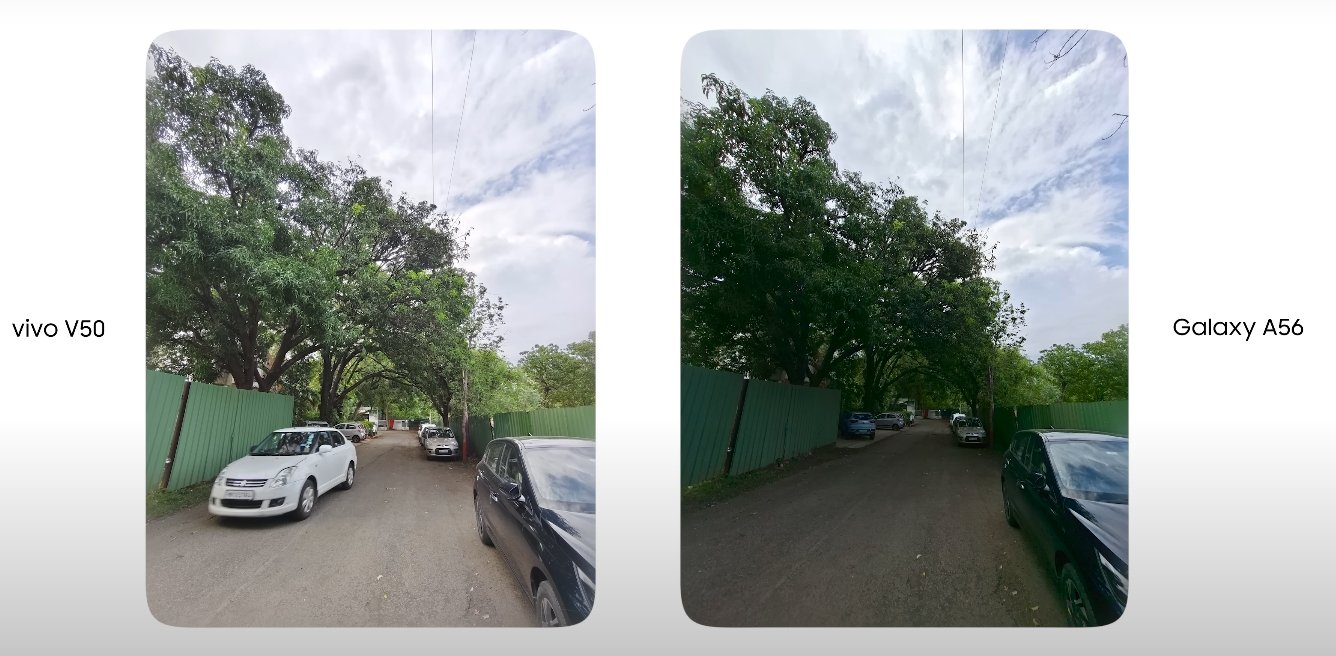
The images from the Vivo appear more vivid and sharper, especially in scenes with high detail or bright light. Low-light performance also sees the Vivo taking a small lead, as it captures more brightness and clarity in dim environments without too much noise.
Ultra Wide and Extra Lens Performance
The Galaxy A56 uses a simpler camera setup without a powerful ultra-wide or telephoto lens, which limits its flexibility in some scenarios. On the other hand, the Vivo V50 is rumored to include a better secondary sensor that helps improve ultra-wide and portrait shots.
Vivo’s image software does a better job at edge detection and maintaining clarity across the entire frame. Portrait photos on the Vivo look more refined, with better subject separation and smoother background blur. While Samsung gets the job done, Vivo clearly offers more versatility and image depth when switching between camera modes.
Front Camera and Selfie Output
Both phones feature a 50MP front-facing camera, which on paper may look identical, but in practice, the output varies. The Samsung Galaxy A56 captures selfies with a more natural skin tone and slightly softer details. It feels more tuned for casual users who prefer less enhancement.
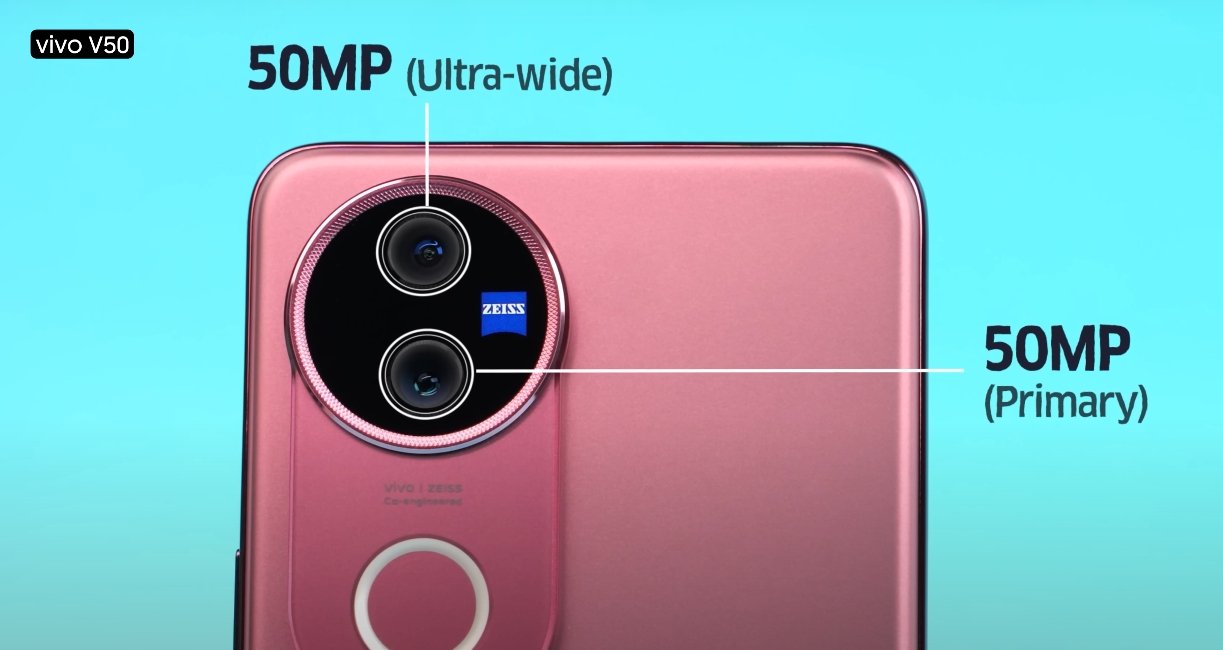
In contrast, the Vivo V50 delivers sharper selfies with enhanced brightness and better focus. It picks up more detail around the eyes, hair, and background while still keeping the subject in focus. Even in low-light selfies, the Vivo captures more light and sharpness. For video calls, social media, and vlogging, the Vivo V50 gives a slightly more polished look.
Video Recording Quality
When it comes to video recording, both devices support up to 4K video from the rear and front cameras. However, stabilization and focus play a key role here. The Galaxy A56 handles video decently, but sometimes struggles with motion blur or sudden light changes.
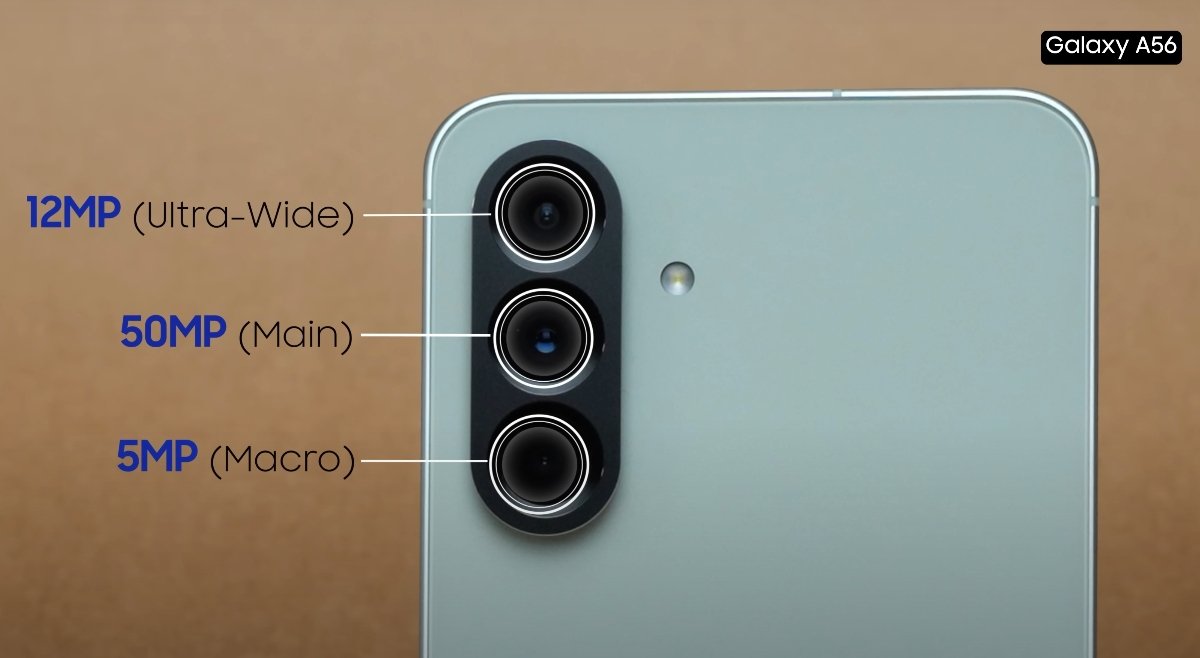
The Vivo V50, with its advanced stabilization software, manages to keep the footage steadier even during movement. Audio pickup during video is also clearer on the Vivo. If someone is looking to shoot short video clips or content for reels, the Vivo feels more optimized and consistent in real-world use.
Final Verdict on Camera Quality
In the camera department, both the Samsung Galaxy A56 and Vivo V50 offer strong competition, but the Vivo V50 edges ahead with its better image processing, sharper selfies, and more stable video performance.
Samsung still provides good quality, especially for users who prefer natural colors and reliable shots, but for those who want sharper photos, more detail in low light, and strong selfie results, the Vivo V50 proves to be a better camera phone in overall usage.
Also Read: Vivo T4 Ultra vs Vivo V50 Camera Features Compared

